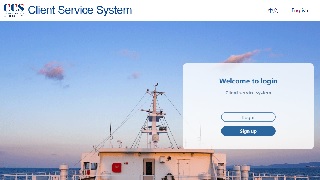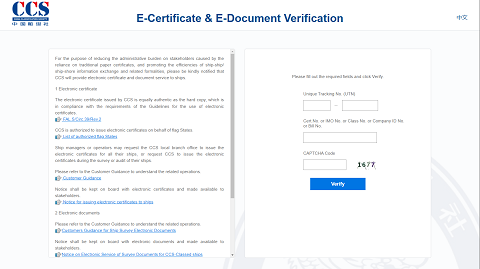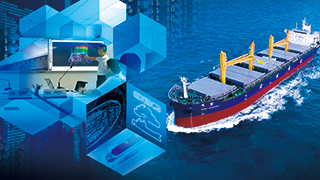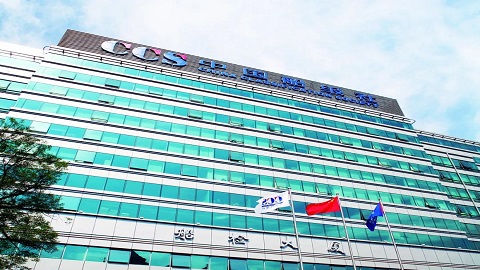By Guo Ankang, CCS Technological Innovation Center
With the continuous improvement of ship intelligentization and digitalization levels, the data generated from the ship application and operating keep increasing. Ship data can reflect the ship operation status and are becoming an important asset, to which great attention has been paid to by the industrial community. The effect of ship data quality on the safety and reliability of ships and system is also enhanced continuously.
To address the problems related to data quality, China Classification Society (CCS) issued the Guidelines for Quality Assessment of Ship Data in 2021 to support the industrial community in the assessment of ship data quality, data management maturity, data security, etc.
The data quality assessment service is applicable to the data retained in shipboard system. During assessment, applicable assessment indicators are selected from 15 characteristics and 63 measures of data to carry out technical assessment according to procedures.
In order to meet the assessment need of the industrial community, CCS developed the on-line ship data quality assessment system to assess the quality of data retained in shipboard system. The ship owner or ship management companies can apply for trial use to fulfill the trial quality assessment of existing data.

For example, there is a company who owns an offshore platform. According to the need of the facility data analysis platform, and in light of the data monitoring and analysis functions of the platform, CCS analyzed and defined the range of data to be assessed, determined the measurement dimensions, such as data accuracy, completeness and reality, by considering application scenes, analyzed the possible differences between the arranged scenes and business expectation, and provided improvement suggestions for the user. The company fulfilled the improvement based on the suggestions about data quality assessment, solved the problems in data acquisition and storage, and improved the models for equipment fault determination. By observing the historical data of actual equipment operation, the improved data analysis platform reduced the false alarm proportion of equipment faults and increased the operation and maintenance efficiency of offshore facilities.
Note: If you need to reprint, please indicate the source of the information.













